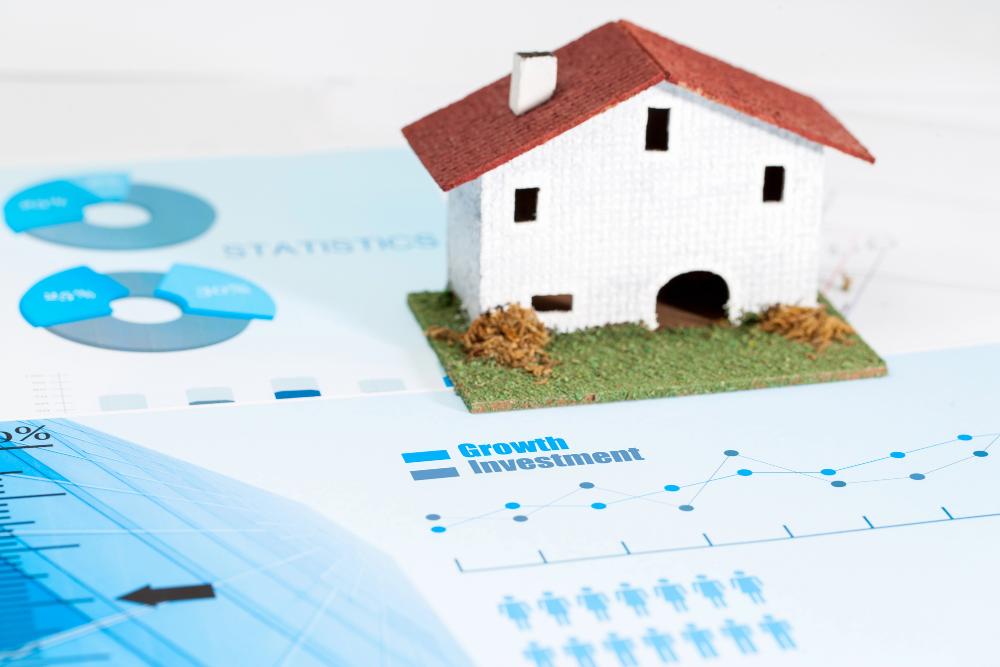A solid grasp of the latest real estate statistics is crucial for anyone looking to buy or sell a home. These figures not only illuminate current trends but also help predict future movements in the market. Here are five essential statistics you need to know to make informed decisions.
Average Home Prices and Key Real Estate Statistics
The average home price is a fundamental statistic for both buyers and sellers. It provides a snapshot of what you might expect to pay or receive in various housing markets. Over the past year, average home prices have significantly risen in many areas, reflecting a robust demand in the real estate market.
This increase is partly due to low mortgage rates and a limited supply of homes, which creates a competitive buying environment. As a seller, knowing the average price in your area can help you set a competitive and realistic price for your home.
Days on Market (DOM)
The Days on Market statistic represents the average number of days a property remains listed before being sold. This metric can indicate the pace of the market. A lower DOM typically signifies a seller’s market where homes sell faster, often due to higher demand and lower inventory.
Conversely, a higher DOM might indicate a buyer’s market, where homes linger on the market longer, giving buyers more leverage and negotiation power. Understanding DOM can help buyers decide when to make an offer and sellers gauge how quickly they might expect a sale.
Monthly Housing Supply
The monthly housing supply statistic measures how many months it would take for all current homes on the market to sell at the current sales pace. A balanced market usually has about six months of supply. If the number is lower, it suggests a seller’s market, and if higher, a buyer’s market.
Knowing this statistic helps you understand the competition and urgency in your local market. It’s an excellent guide for timing your buying or selling process.
Homeownership Rates
The homeownership rate is the percentage of homes that are owned by the occupier. A rising homeownership rate indicates a strong economy and consumer confidence, while a decline might suggest economic challenges or high entry barriers to homeownership like rising prices or interest rates.
Monitoring these trends can help potential buyers understand broader economic conditions and better plan their purchasing strategy.
Mortgage Rate Trends in Real Estate Statistics
Mortgage rates greatly influence buyer affordability and market demand. Even a small fluctuation in interest rates can significantly impact your monthly payments and total loan cost over time. Staying updated with mortgage rate trends can help buyers decide when to enter the market and lock in rates, while sellers can predict changes in buyer interest and market activity.
If you’re intrigued by any of these properties or simply want to learn more about the market, check out this stunning property at 220 Peacock Ln, Marlboro, NJ 07751, or begin your property search here.
At NJLux Real Estate, we pride ourselves on providing top-notch services to our clients. Whether you’re buying your dream home or selling one, we’re here to guide you every step of the way.
With our detailed market insights and commitment to excellence, let us help you navigate the complexities of the real estate market.




